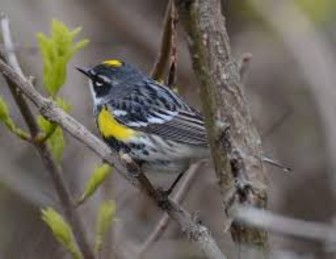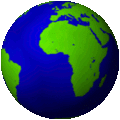Home
Focus Areas
About Us
Mongolia's capital city of Ulaanbaatar is growing quickly, with the number of people living in urban areas in the country increasing from 58% in 1990 to nearly 70% in 2016, Phys.org reports.
Many of those residents live in what are known as "ger areas," areas that lack basic services such as plumbing, electricity, and clean water.
"The lack of medical resources combined with astronomical levels of pollution and food insecurity pose a threat to all residents, but young children and pregnant women in particular," says Daria Azbayar, a social innovation lead for GerHub, a nonprofit that works with residents of Songinokhairkhan, the fastest-growing ger district in Ulaanbaatar.
About half of the district's residents live in traditional gers, structures made of organic materials like wood and thick fabric.
Azbayar says residents were initially reluctant to participate in events hosted by the Ger Innovation Hub, a community center designed to replicate the traditional structure of a ger.
The center borrows structural elements from the ger design but substitutes cloth for polycarbonate sheets that can expand and contract in extreme temperatures without breaking.
The sheets also enable natural light to enter the space, minimizing the need for electricity.
The center is designed to maximize energy efficiency by trapping heat within
Selected Grant News Headlines
A customized collection of grant news from foundations and the federal government from around the Web.
The passing of my father was a transformative moment for me.This perspective shift is why I now dedicate much of my energy to youth programs and community development.I've leaned heavily on...more
Haril Kazindra and wife Andrea are the co-founders of Musana, a community development NGO that runs 19 social enterprises across Uganda.Musana has offices in Denver and London and employs 700 staff,...more
Foundation: Lilly Endowment
All In Kosciusko exists to promote and accelerate the economic and community development already happening across the county.Concerns about economic diversification, talent retention and quality of...more
The Bill Gatton Foundation supports K-12 and higher education, health, and community development in Kentucky, Upper East Tennessee, and Southwest Virginia.Large education grants include $13.5 million...more
Local organizations win $9 million for new affordable housing, social services.Connecticut's Community Investment Fund grants come amid a deluge of cuts to federal funding.The fund was established in...more
Foundation: Parasol Tahoe Community Foundation
Parasol Tahoe Community Foundation has proudly supported Bread & Broth for the past 10 years.In 2024, the Community Foundation was able to introduce the mission of Bread and Broth to a donor who is...more
Foundation: Latino Community Foundation
Latino Community Foundation Awards $3.88M in Grants Across California and Nevada.NewsBreak: Latino Community Foundation awards $3,000,000 in grants across California andNevada.Newsbreak: $1.5 million...more
Alejandro Betancourt Lopez rejects traditional corporate social responsibility models that separate business operations from community impact.Rather than limiting community engagement to corporate...more
Thoughtful giving isn't just about making a donation, it's about creating meaningful impact.Community foundations exist to connect generosity with need, ensuring that charitable giving is both...more
Kareem Thomas most recently served as Chief Credit and Lending Administration Officer at Reinvestment Fund.Bhavani Daryanani has more than 20 years of experience in the sector, bringing deep...more
Community Building News from...
Wells Fargo Foundation
New Hampshire Charitable Foundation
Community Foundation of Southeast Kansas
Dallas Foundation
Oak Park-River Forest Community Foundation
Greater Washington Community Foundation
Rhode Island Foundation
Community Foundation for Greater Atlanta
California Community Foundation
Arizona Community Foundation
Social Entrepreneurship
Spotlight
When it Comes to Social Enterprises, Failure is the Best Platform for Innovation

In the world of social enterprises, failure is a cringe-worthy moment nobody wants to talk about. But, social entrepreneurs can benefit from their failures.










